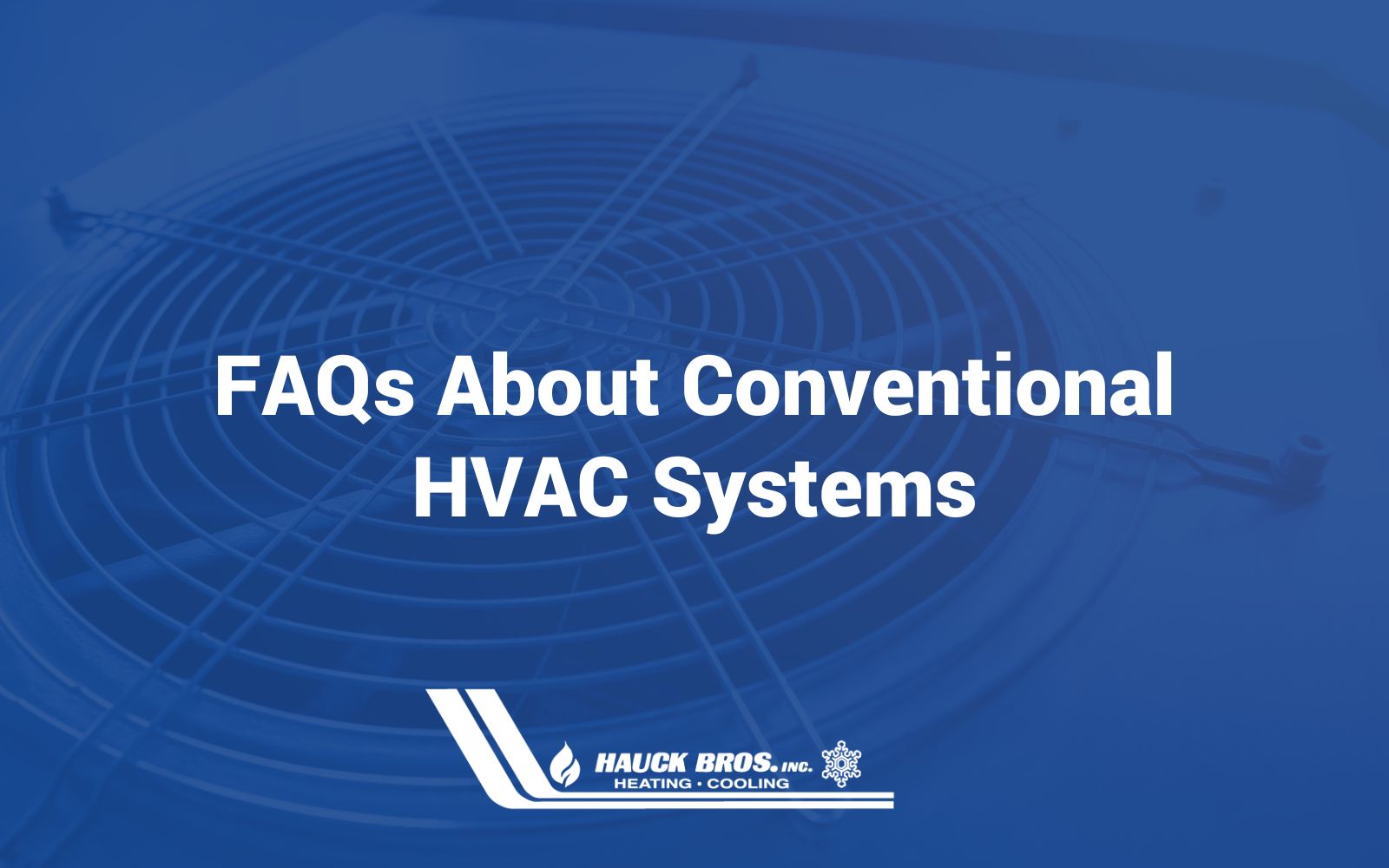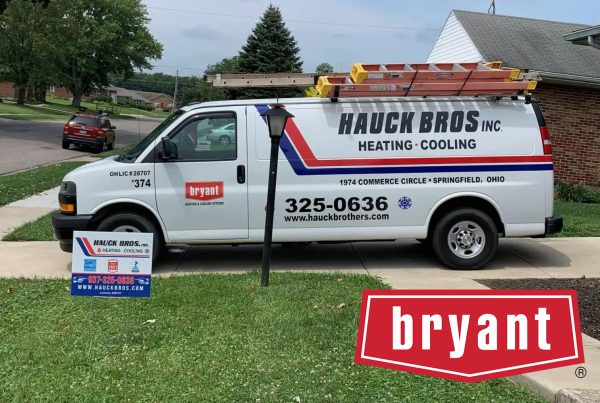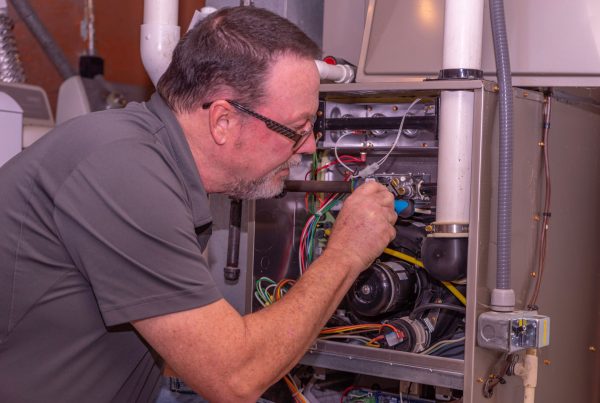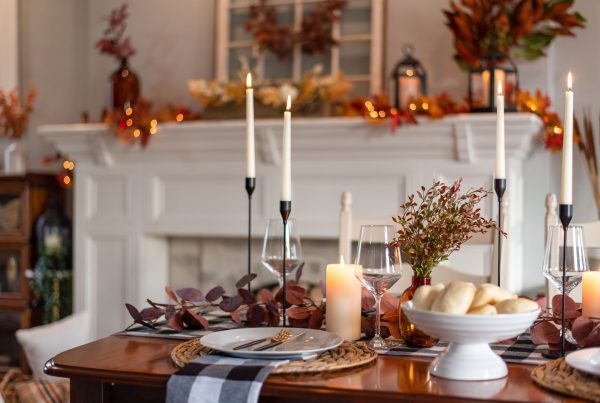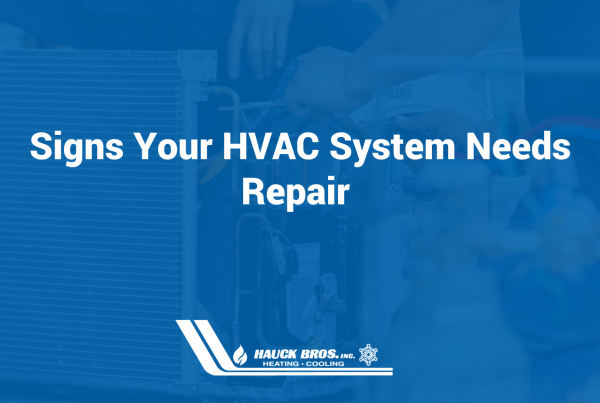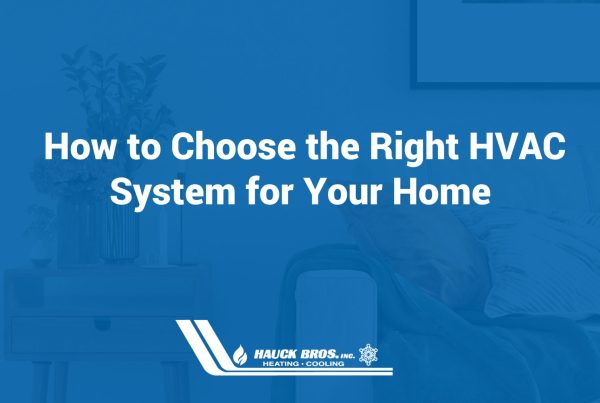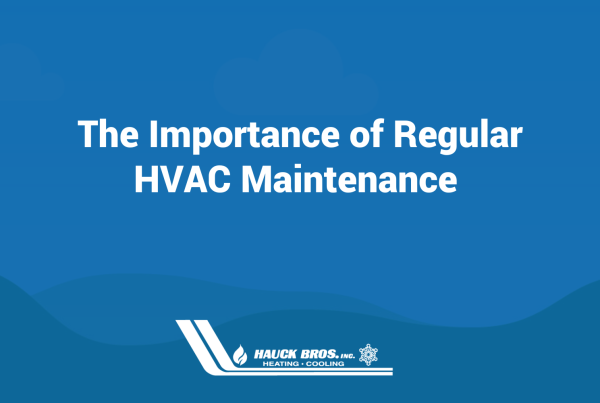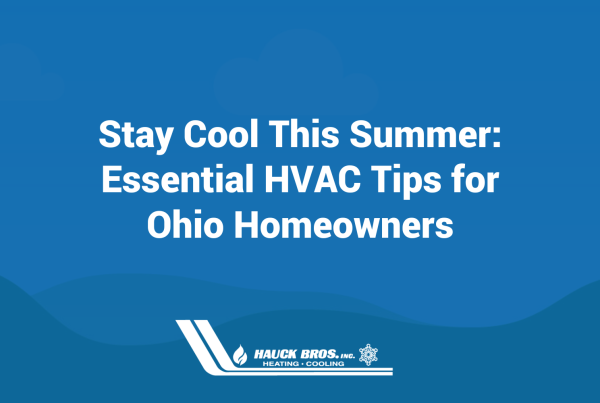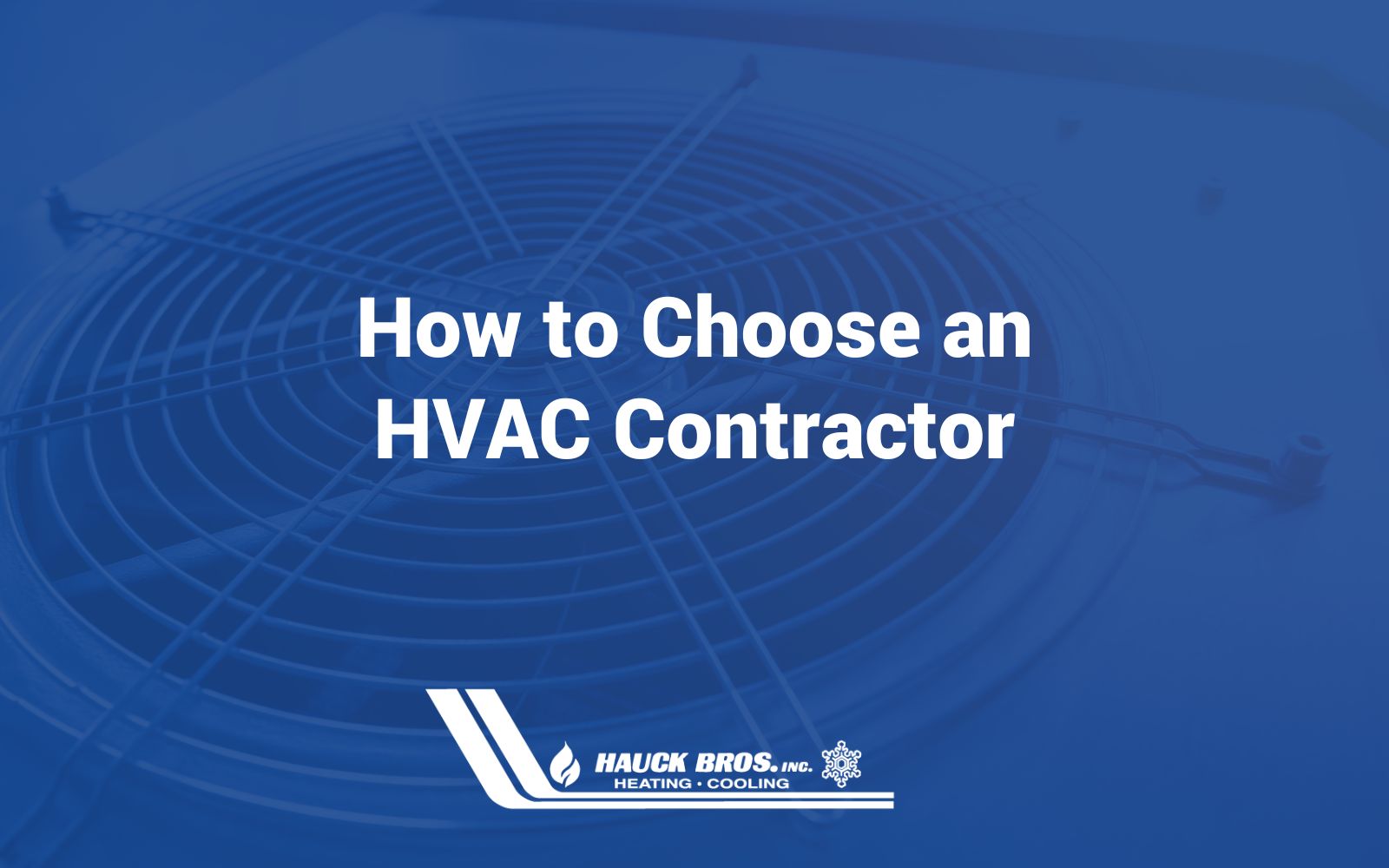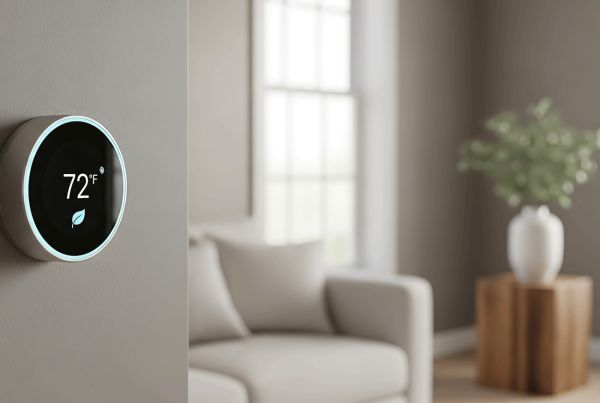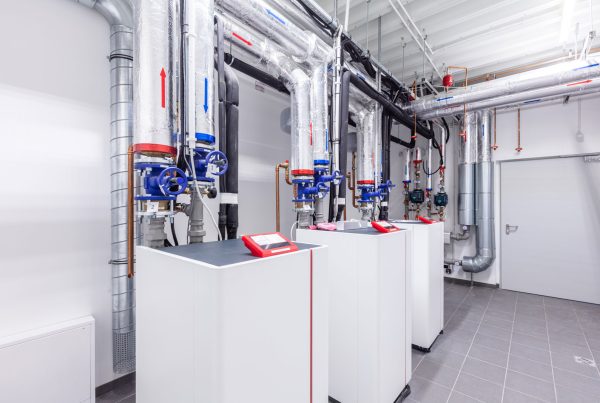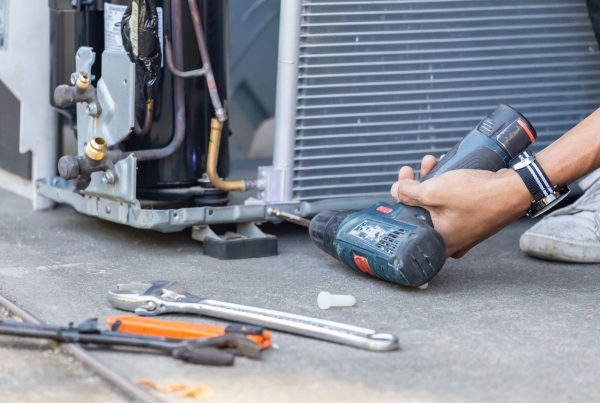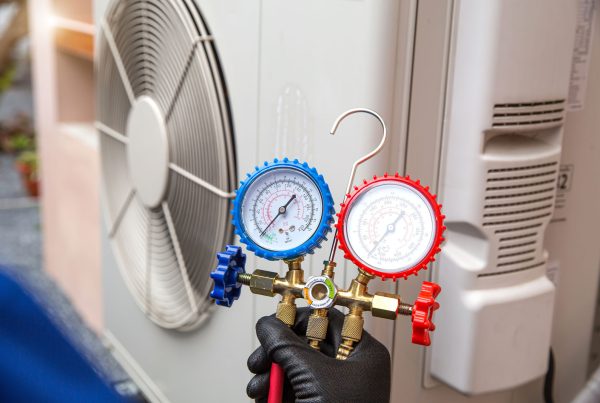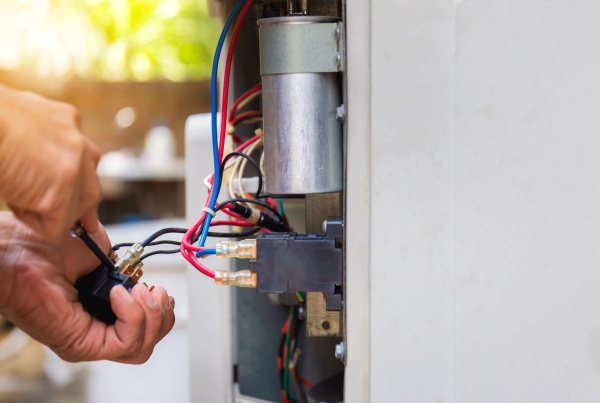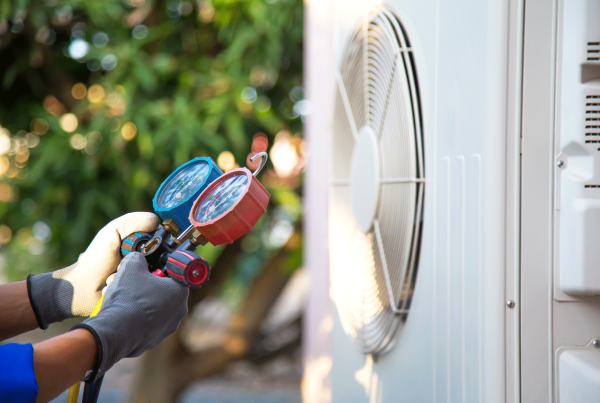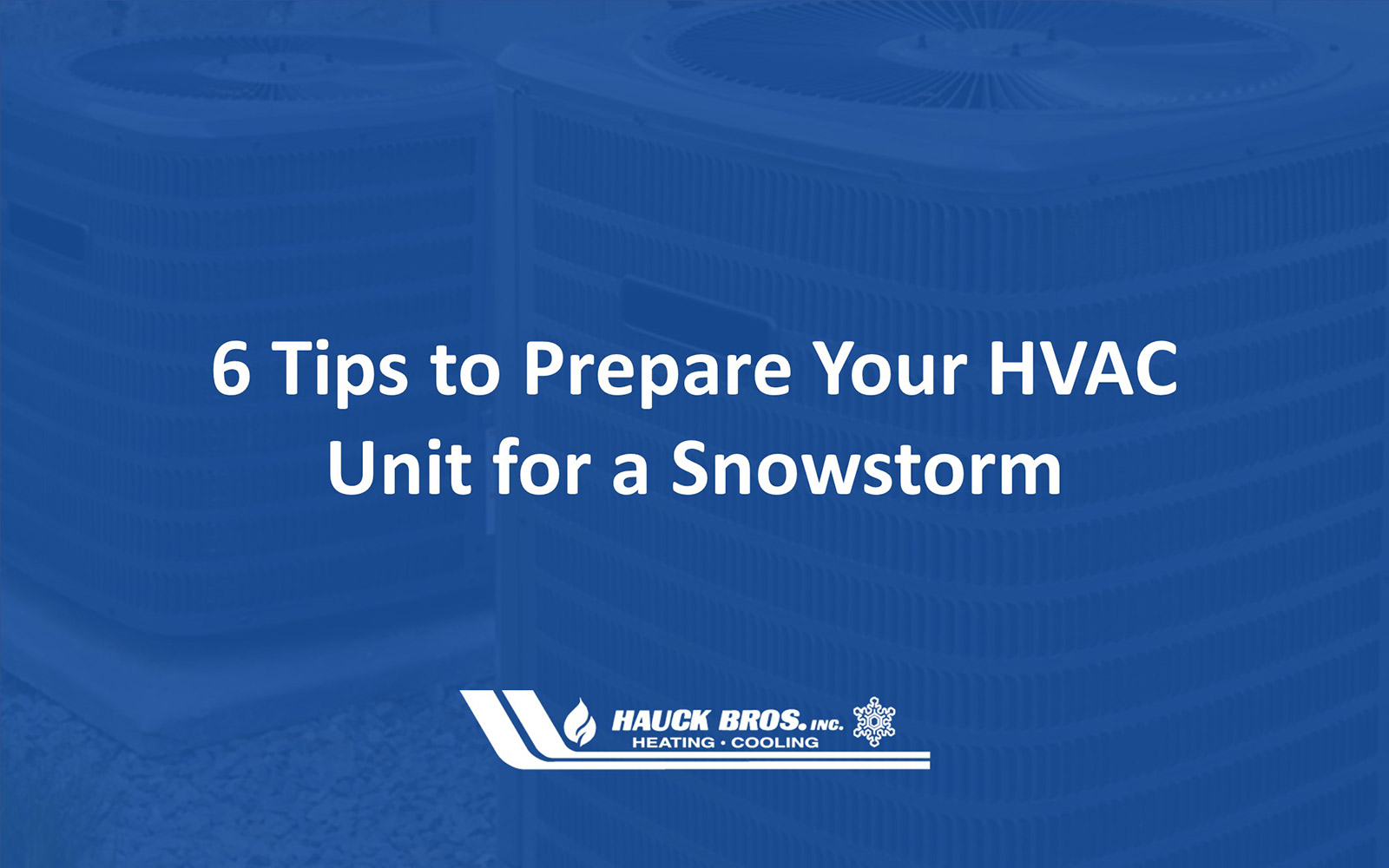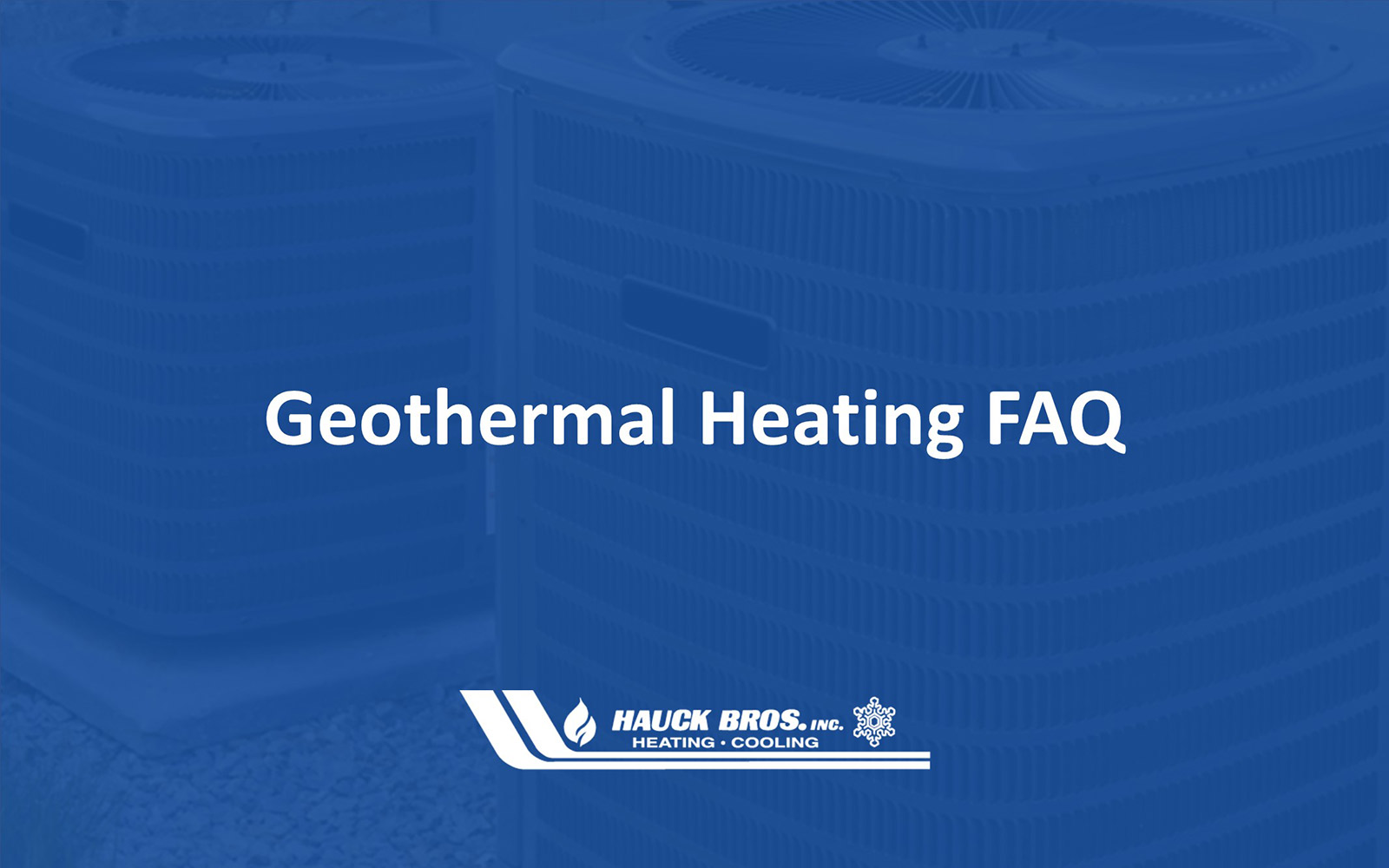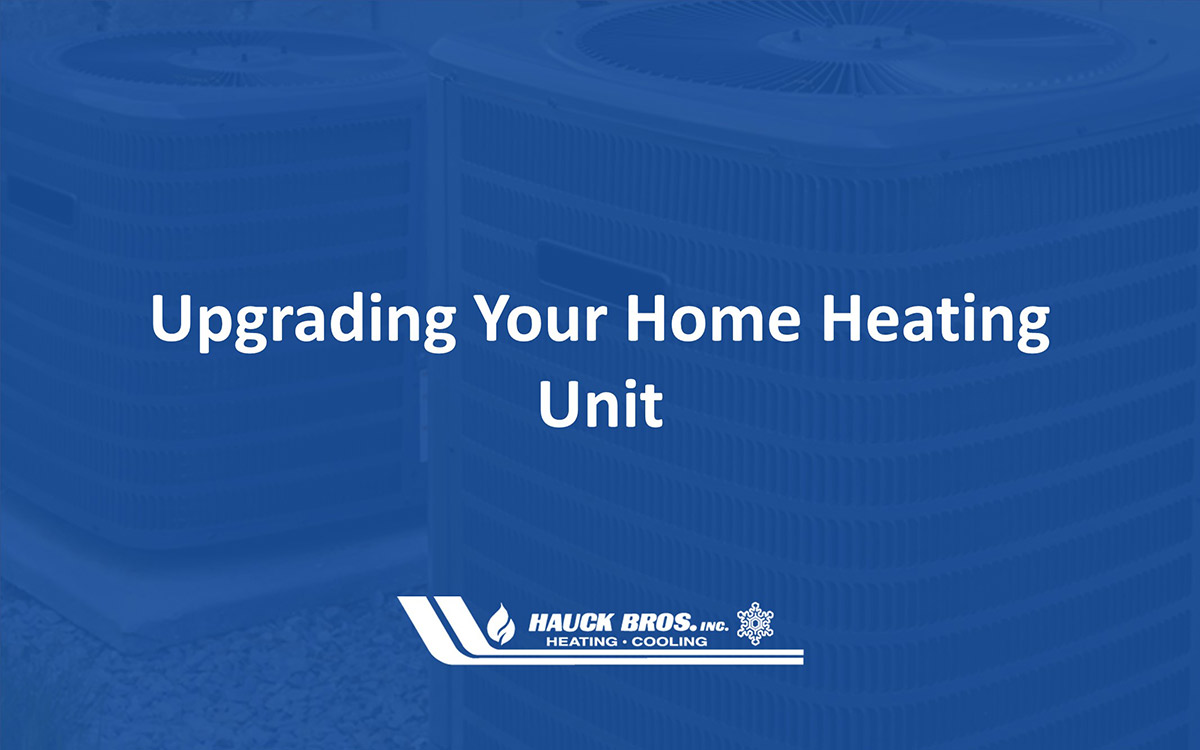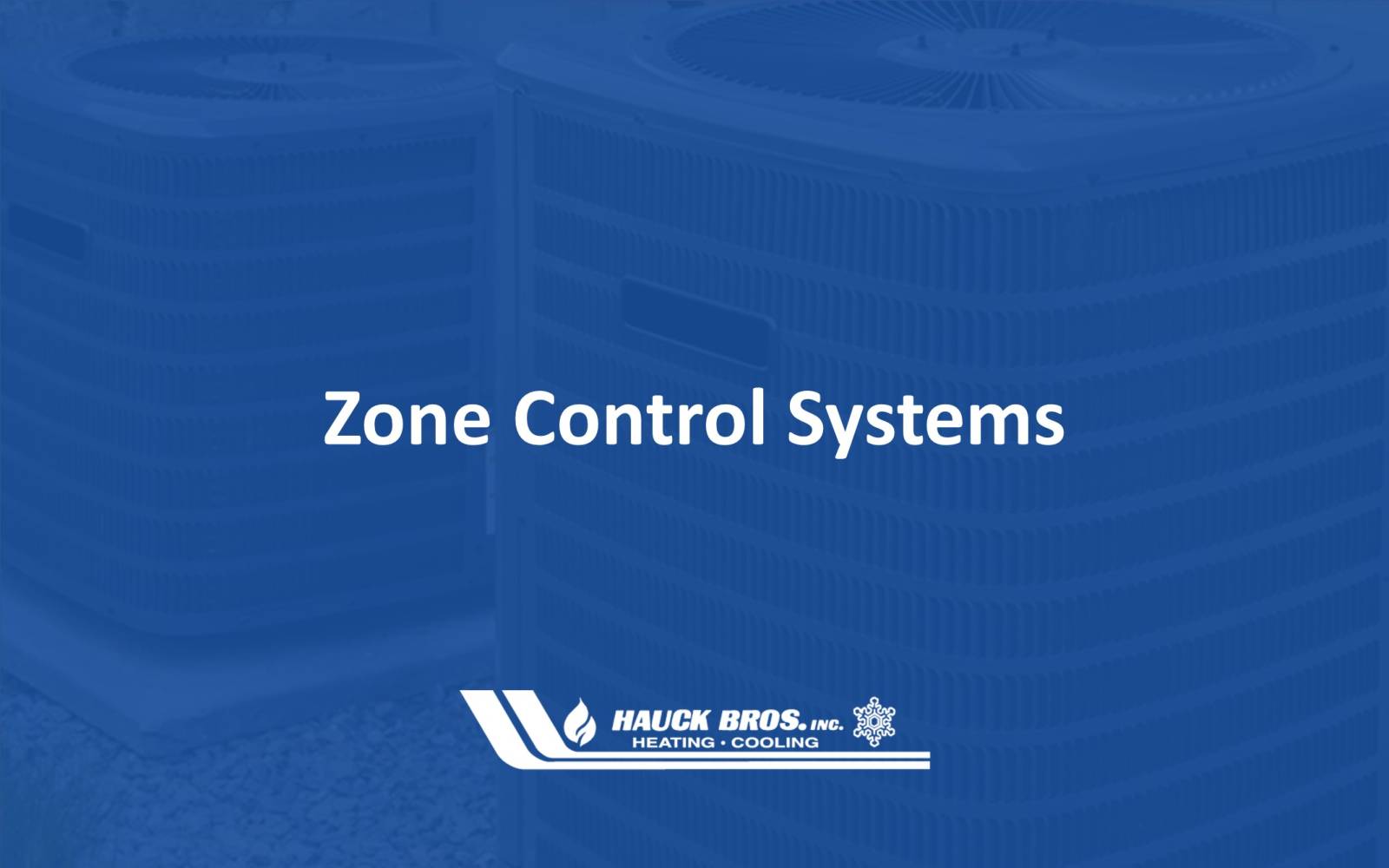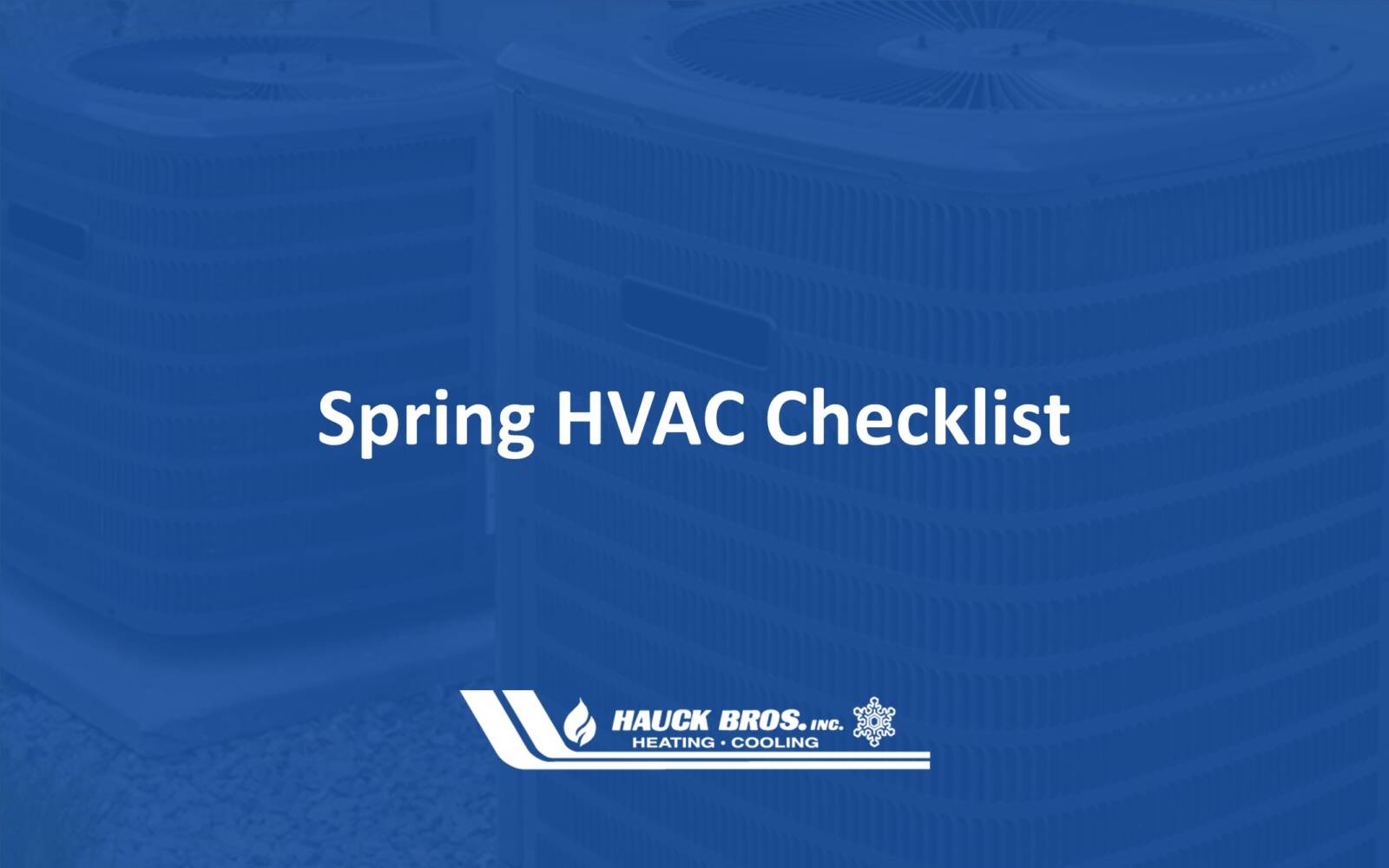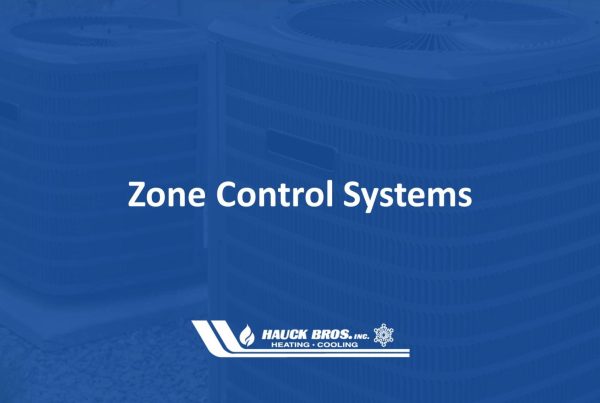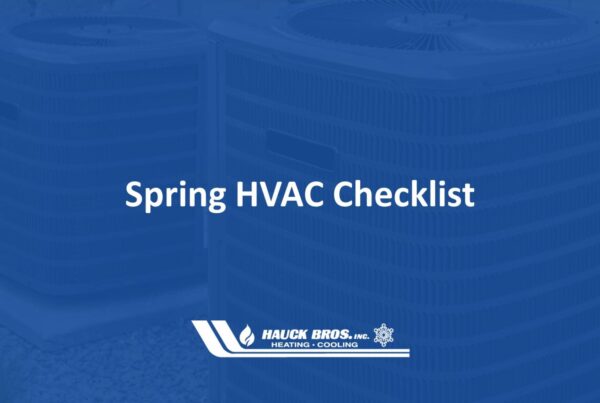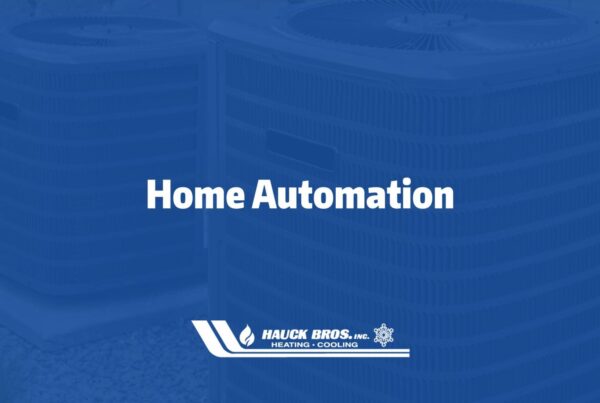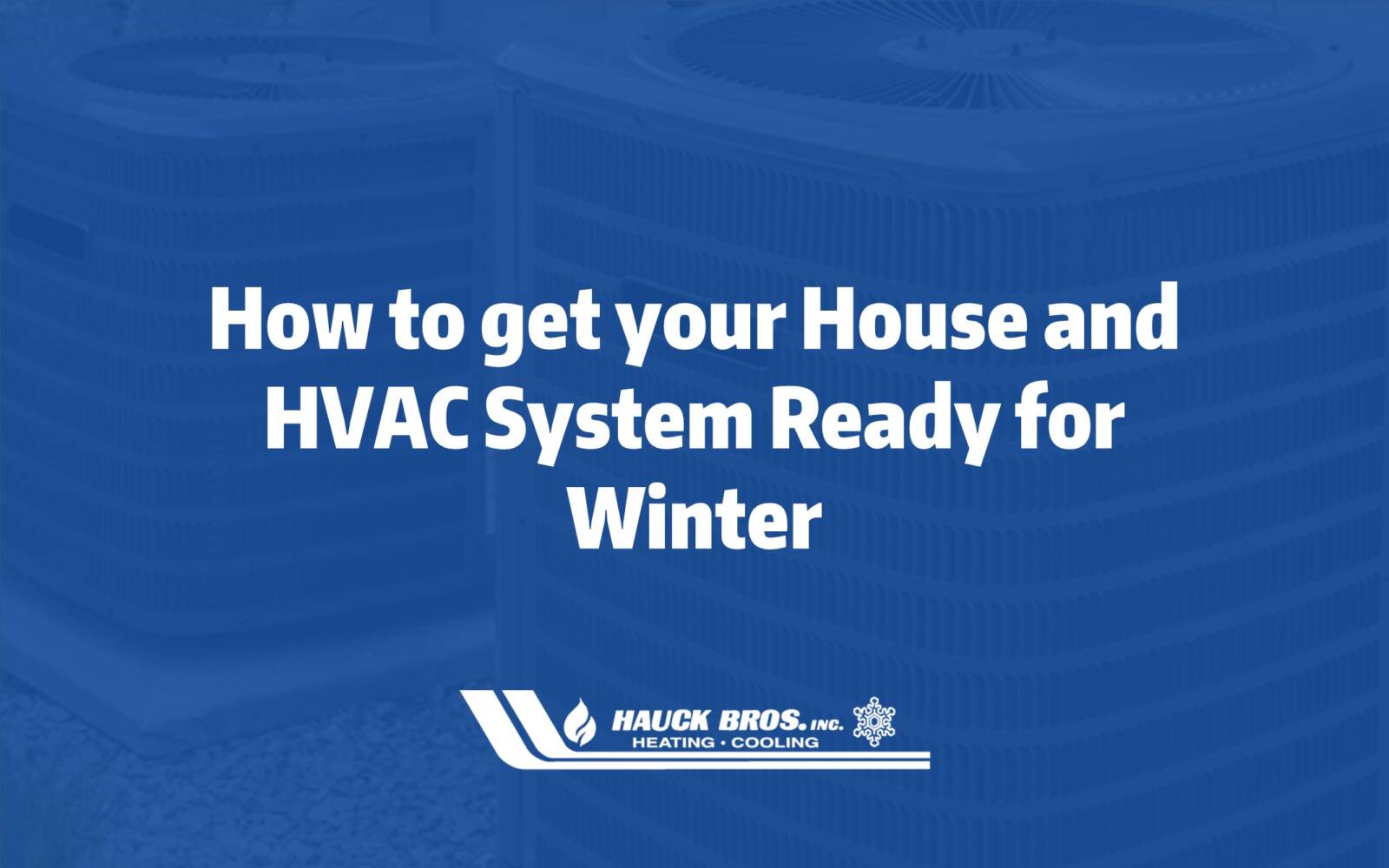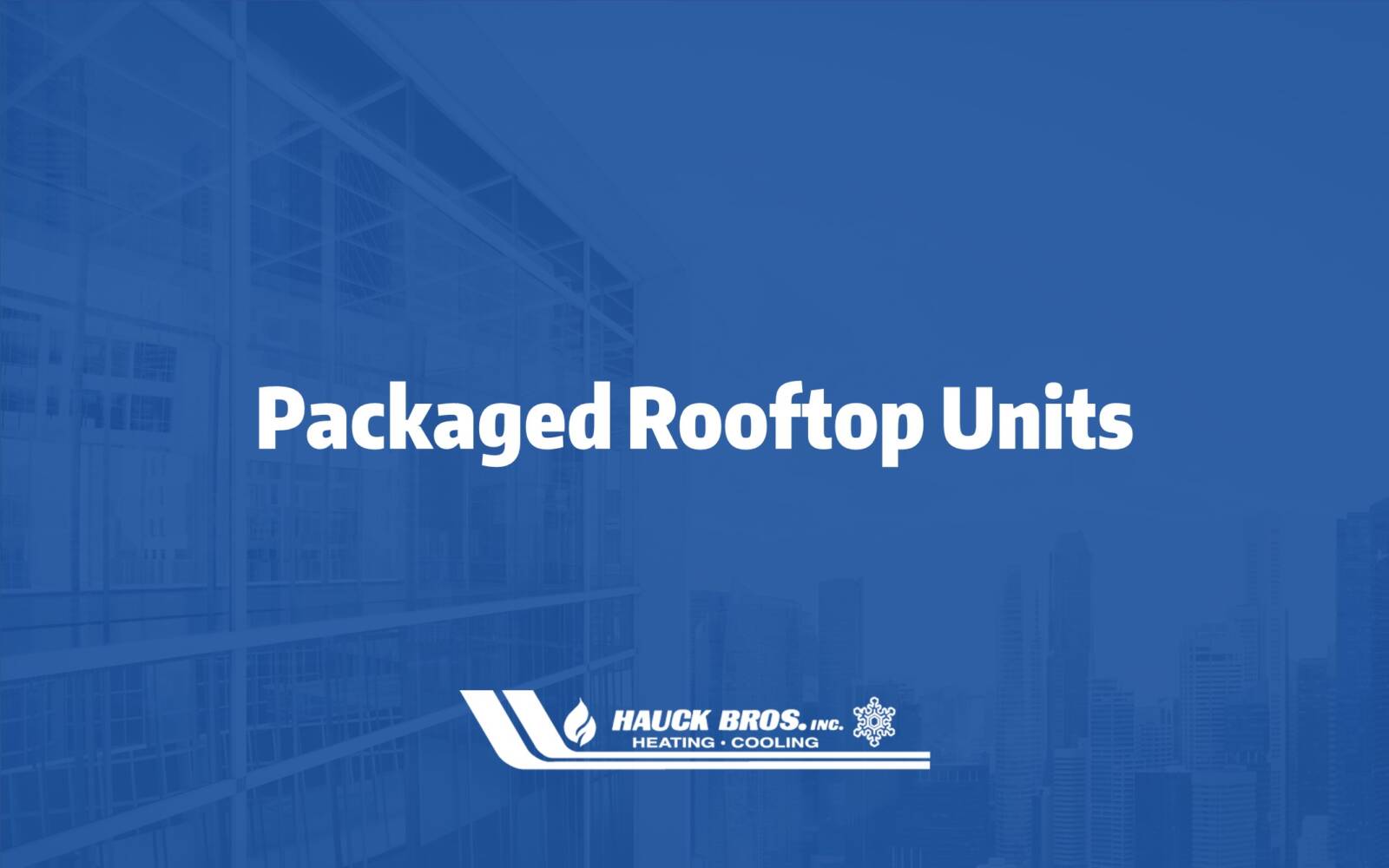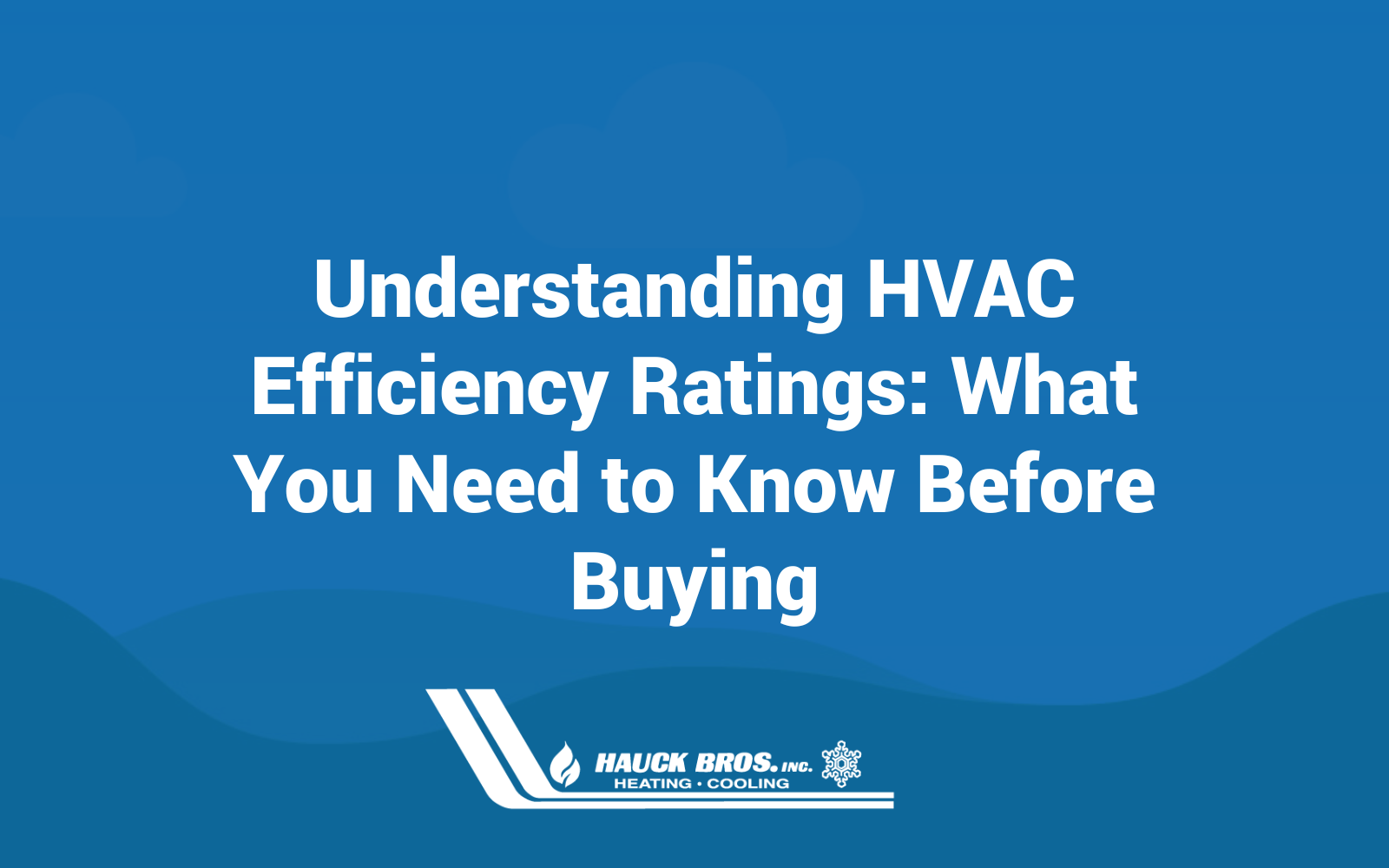
When it comes to purchasing a new HVAC system, understanding efficiency ratings is extremely important. HVAC efficiency ratings provide valuable information about the system’s energy performance and can greatly impact your comfort, energy consumption, and your utility bills.
What are HVAC Efficiency Ratings?
The Seasonal Energy Efficiency Ratio (SEER) and Annual Fuel Utilization Efficiency (AFUE) are the most commonly used efficiency ratings for air conditioners and furnaces, respectively. SEER measures the cooling efficiency of an air conditioner or heat pump. AFUE is a measure of how efficiently a furnace converts fuel (such as gas, oil, or propane) into heat over the course of a heating season. Both SEER and AFUE ratings are standardized and regulated by industry standards organizations.
Factors Affecting Efficiency:
Efficiency ratings are influenced by many different factors, and it’s important to be aware of them when assessing the overall energy performance of an HVAC system. These factors may include things like system size, insulation, ductwork, and regular maintenance.
The Benefits of High Efficiency:
There are a few benefits to High Efficiency rated HVAC systems, including reduced energy consumption, lower utility bills, improved indoor comfort, and environmental sustainability. There are also potential financial incentives and rebates available for energy-efficient HVAC upgrades. So, it’s definitely worth looking into when making your decision.
Finding the Right Balance:
When considering HVAC systems, it’s important to find a balance between efficiency and initial cost. While higher efficiency ratings often translate into long-term energy savings and reduced operating costs, they may come with a higher upfront price tag. It is crucial to assess your specific needs, budget, and priorities to determine the optimal efficiency rating for your situation.
With over 100 years’ experience in the industry, our team is committed to providing exceptional service and ensuring that you find the perfect solution for your home or business. Contact us today for a quote!

